10 Oldest Towns in Europe

Published on March 14, 2024
Europe's history is etched into the cobblestones of its ancient towns, where every alley and square whispers tales of the past. This continent, with its rich and tumultuous history, is home to some of the oldest settlements in the world. These towns are not just remnants of the past; they are living museums, offering a glimpse into a time when they were at the forefront of civilization, trade, and culture. This article explores the ten oldest towns in Europe, unraveling their histories and the events that have shaped them through millennia.
1. Plovdiv, Bulgaria
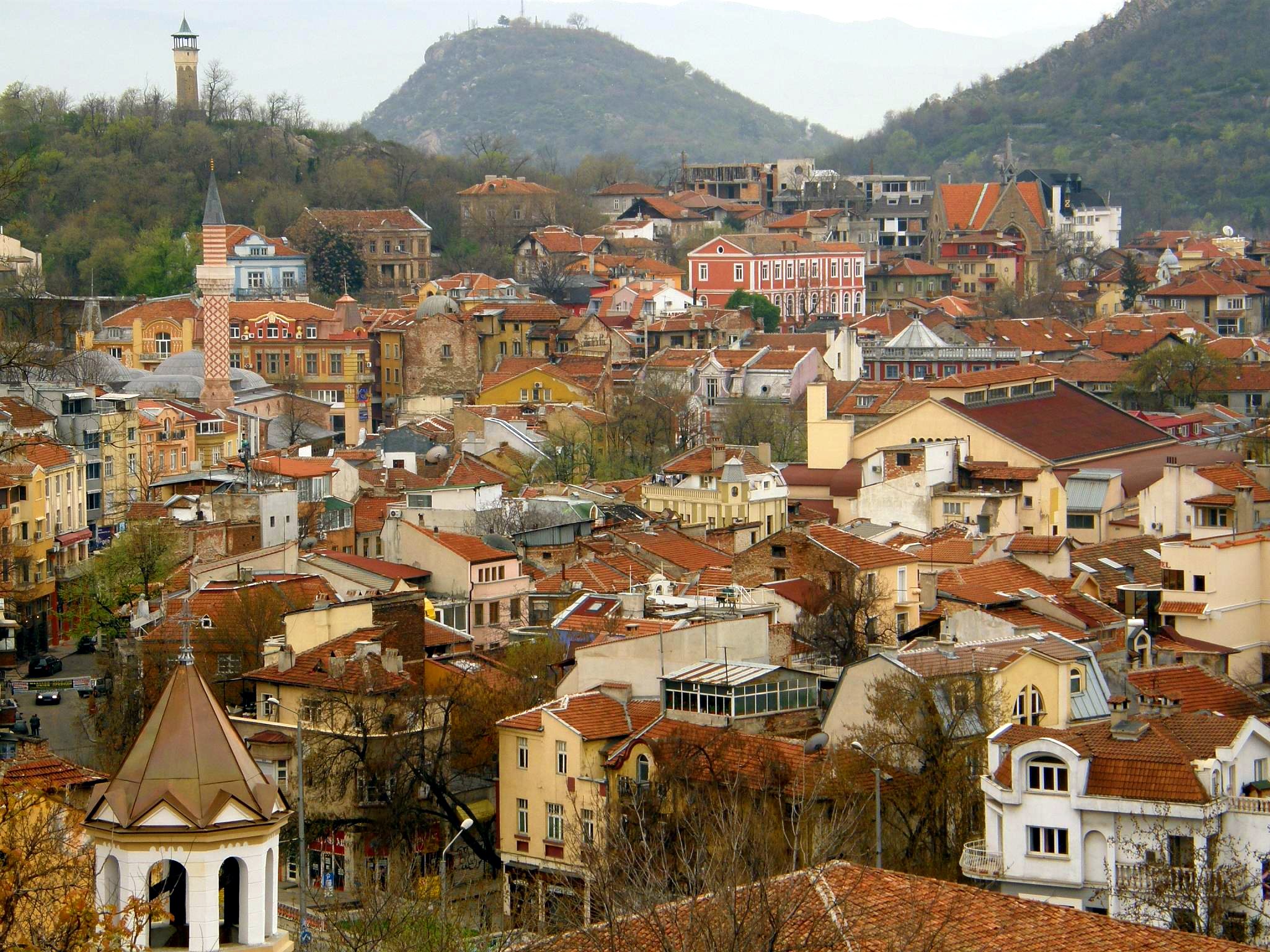
Plovdiv's history spans over 6,000 years, making it one of Europe's oldest towns. It has been continuously inhabited since its founding, serving as a significant crossroads between the East and West. The town boasts a unique cultural amalgamation, reflected in its Roman theatre, Ottoman architecture, and ancient Plovdiv Old Town.
2. Athens, Greece
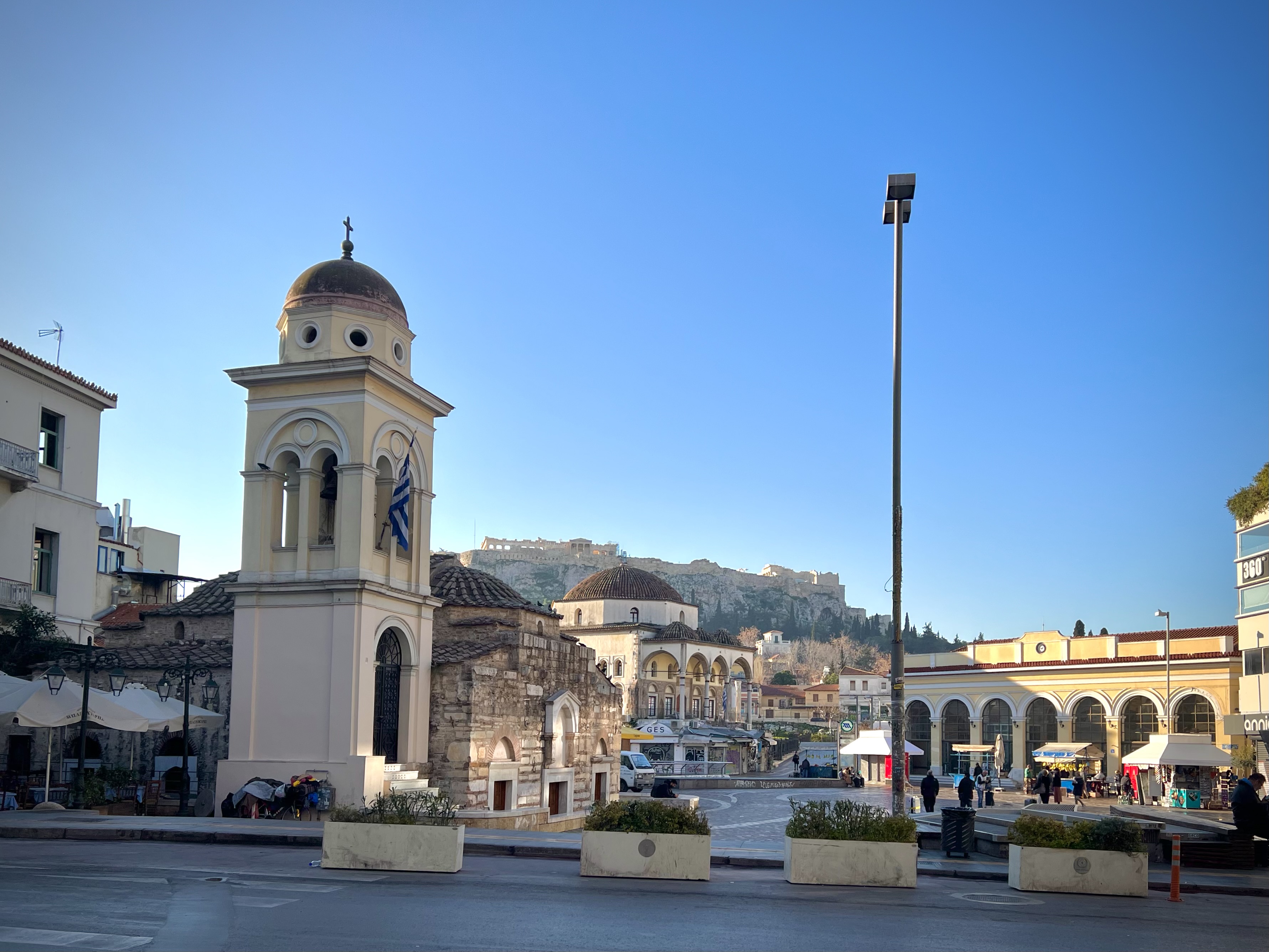
As the cradle of Western civilization, Athens needs little introduction. With its history traced back to over 3,400 years, it has been a central figure in the development of democracy, philosophy, and the arts. The Acropolis of Athens and its ancient ruins stand as a testament to the city's glorious past.
3. Lisbon, Portugal
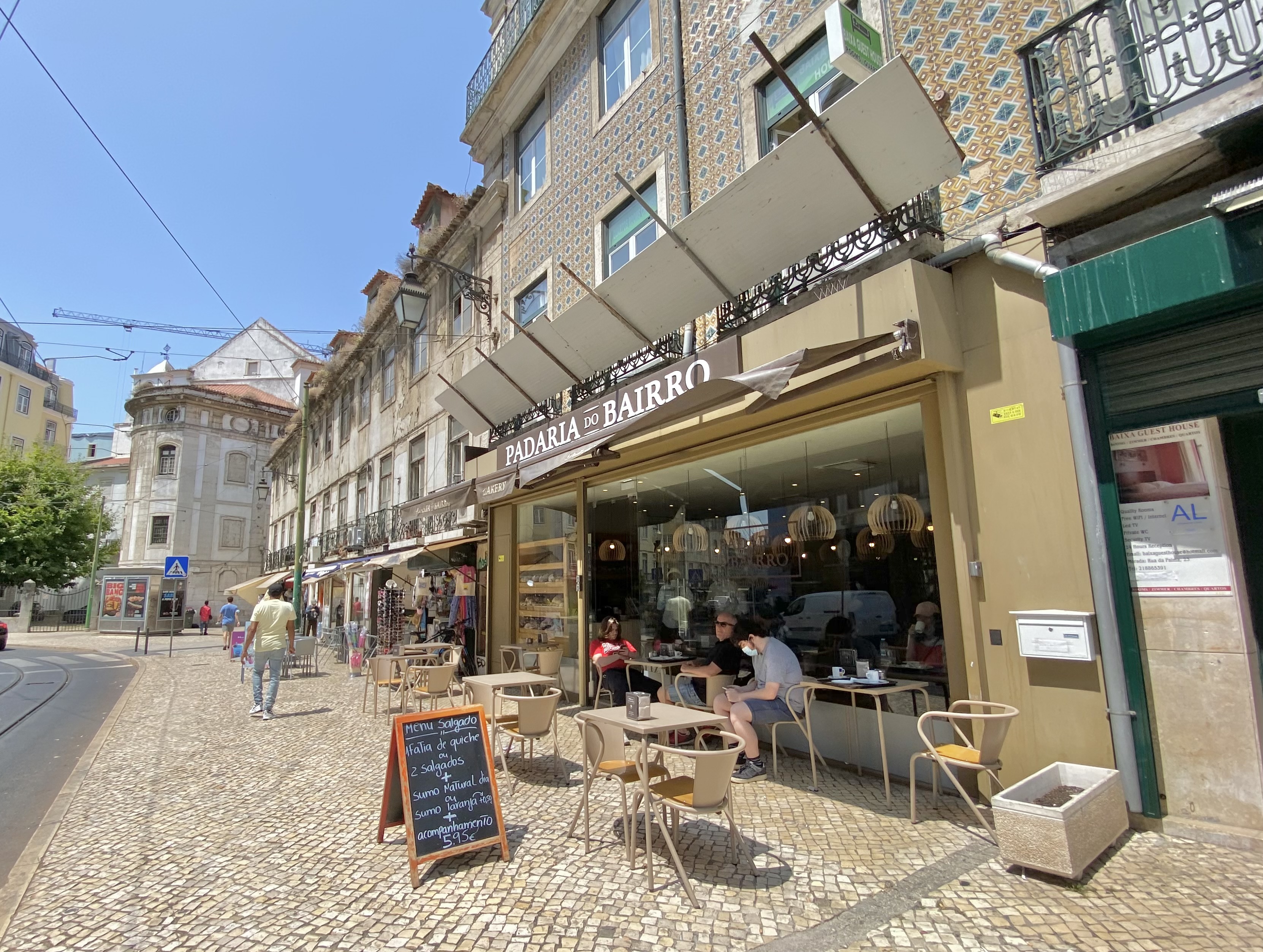
Lisbon's history is rich and varied, dating back to over 3,000 years ago when it was first settled by the Phoenicians. The city's strategic location on the Tagus River made it a hub of trade between the Mediterranean and Northern Europe. Lisbon's ancient ruins and historical districts reflect its long and storied past.
4. Cadiz, Spain
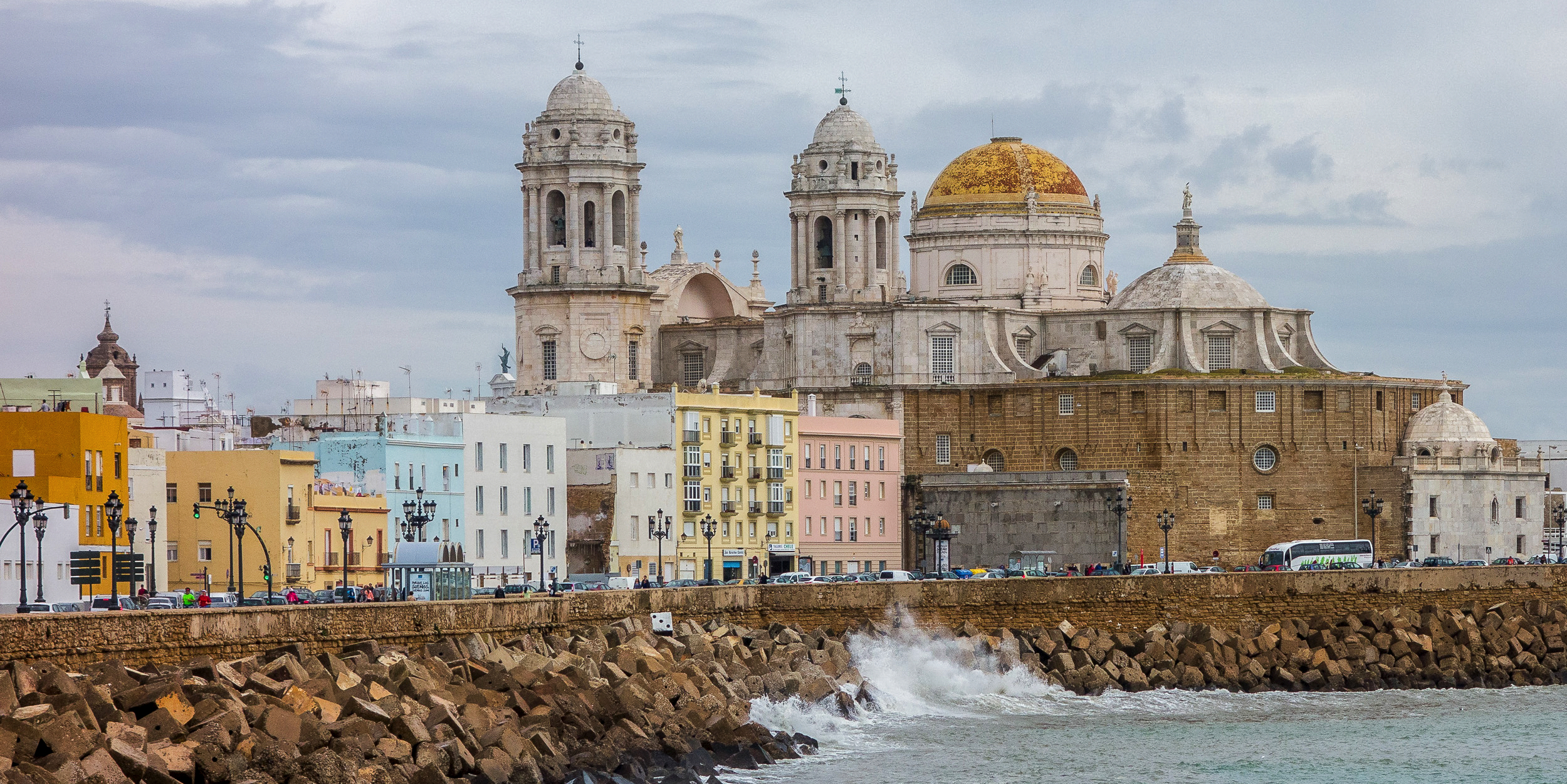
Claimed to be the oldest continuously inhabited city in Spain, and one of the oldest in Western Europe, Cadiz was founded by the Phoenicians around 1100 BCE. Its history is intertwined with the sea, serving as a key naval base and trading port throughout the ages.
5. Chania, Crete, Greece
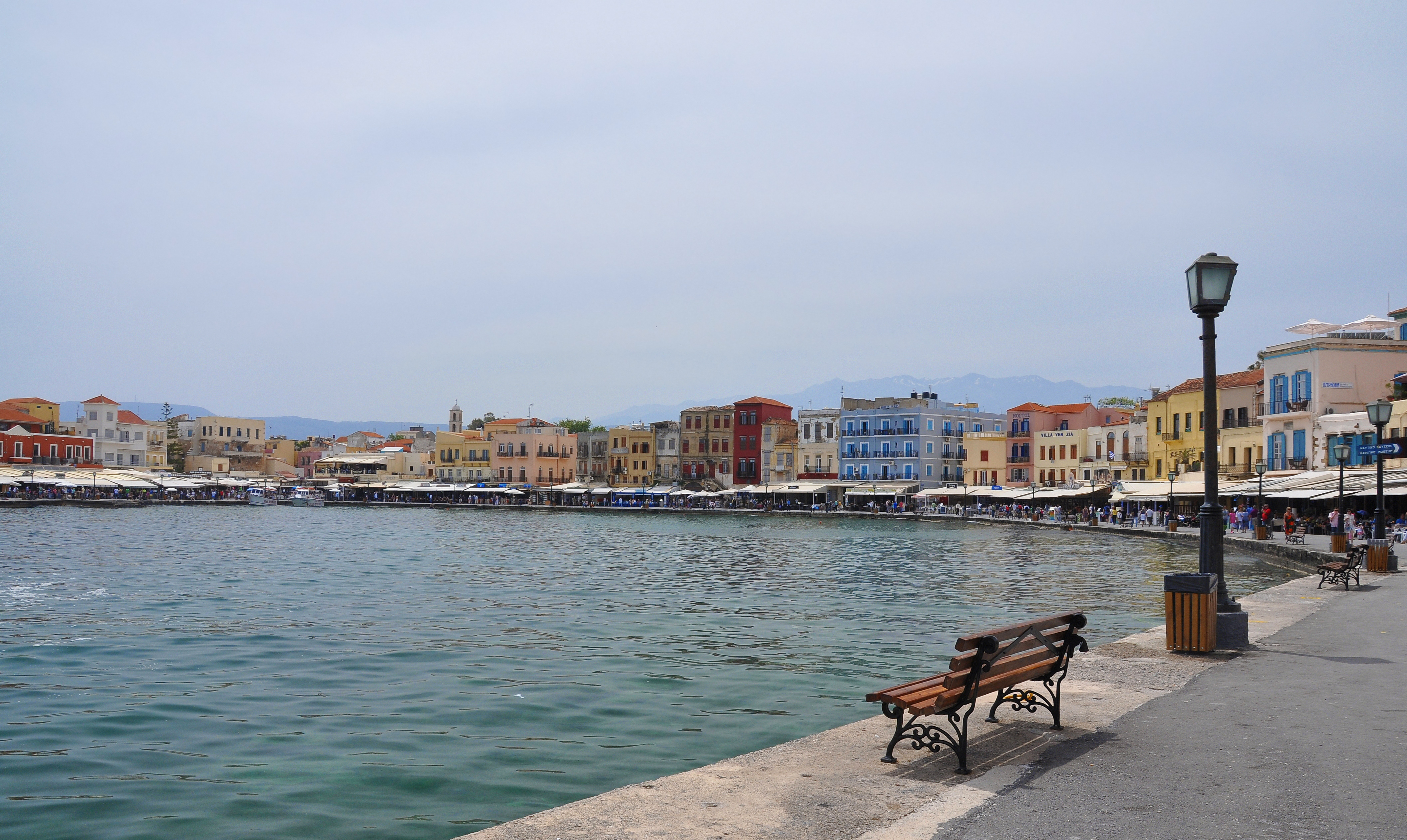
With origins tracing back to the Minoan civilization around 4,000 years ago, Chania is a testament to the rich tapestry of Mediterranean history. The town's architecture is a blend of Venetian, Turkish, and Greek influences, mirroring the various cultures that have settled here over the millennia.
6. Argos, Greece
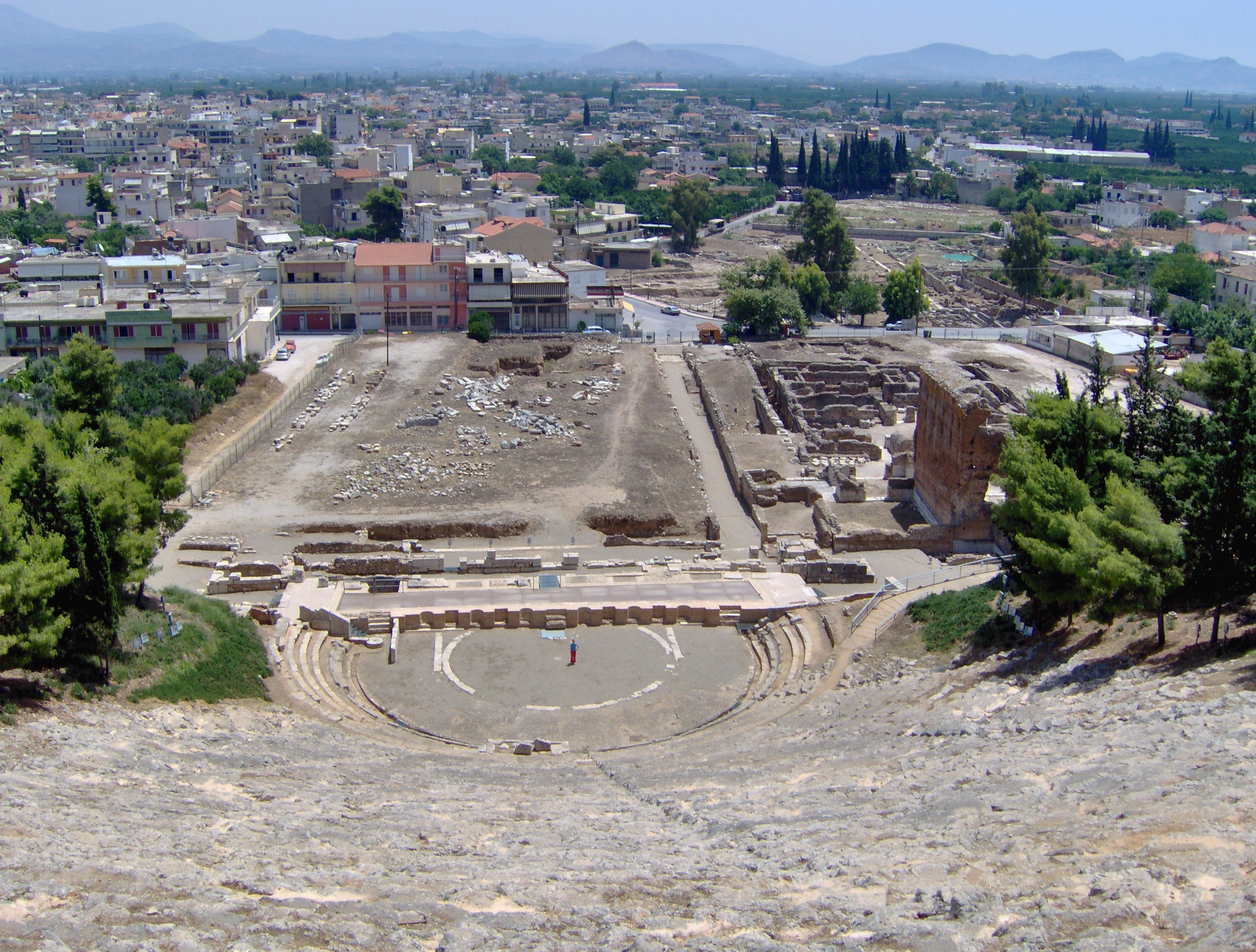
Argos is one of the oldest continuously inhabited cities in the world, with its history spanning back over 3,000 years. It played a crucial role in the early development of Greek civilization and was a major center of Mycenaean culture.
7. Luxembourg City, Luxembourg
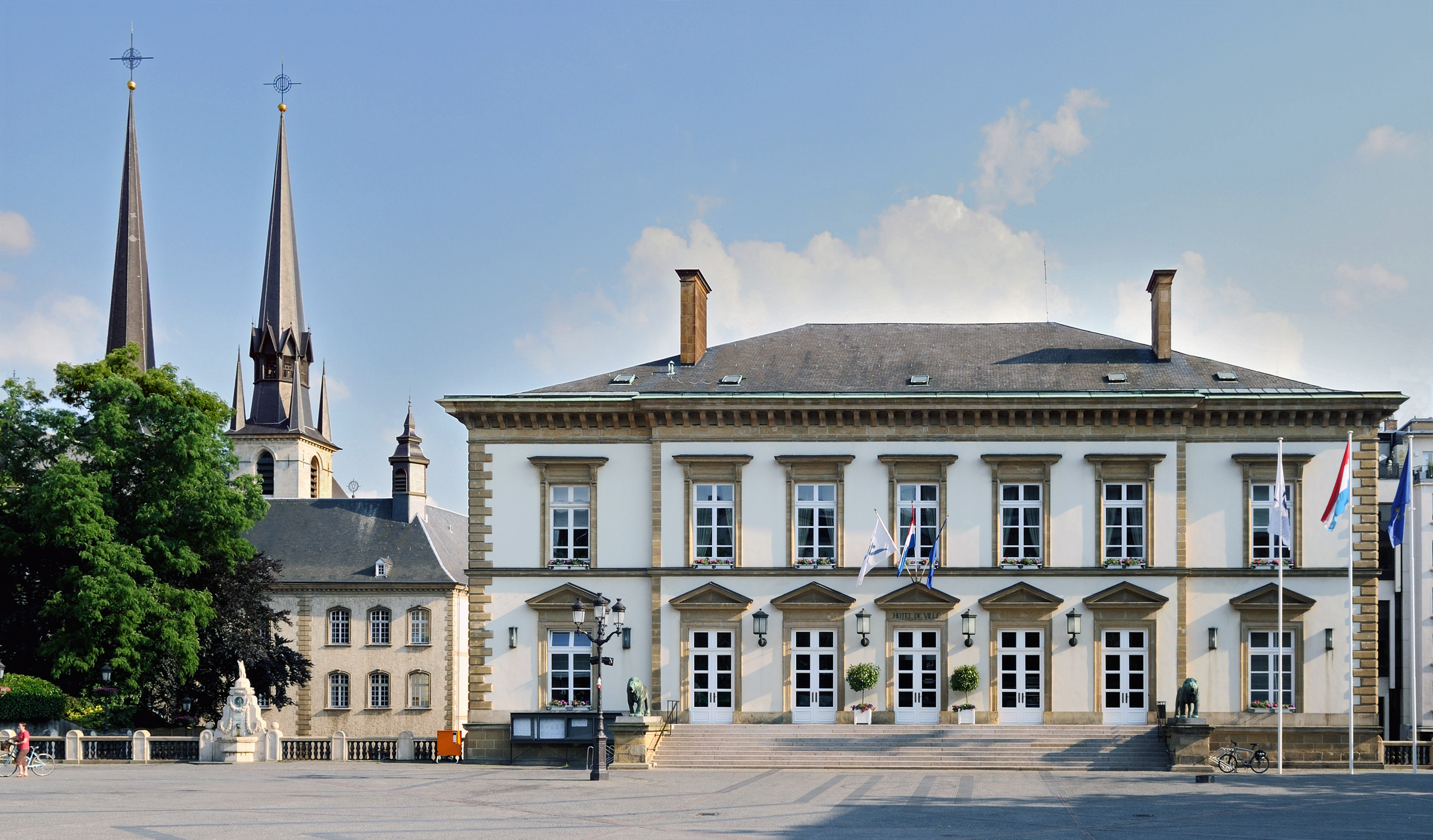
Though not as ancient as some cities on this list, Luxembourg City's strategic significance is undisputed. Founded in 963 CE, its fortress was one of Europe's mightiest, earning the city the nickname "Gibraltar of the North." Luxembourg City's medieval old town is a UNESCO World Heritage site.
8. Rome, Italy
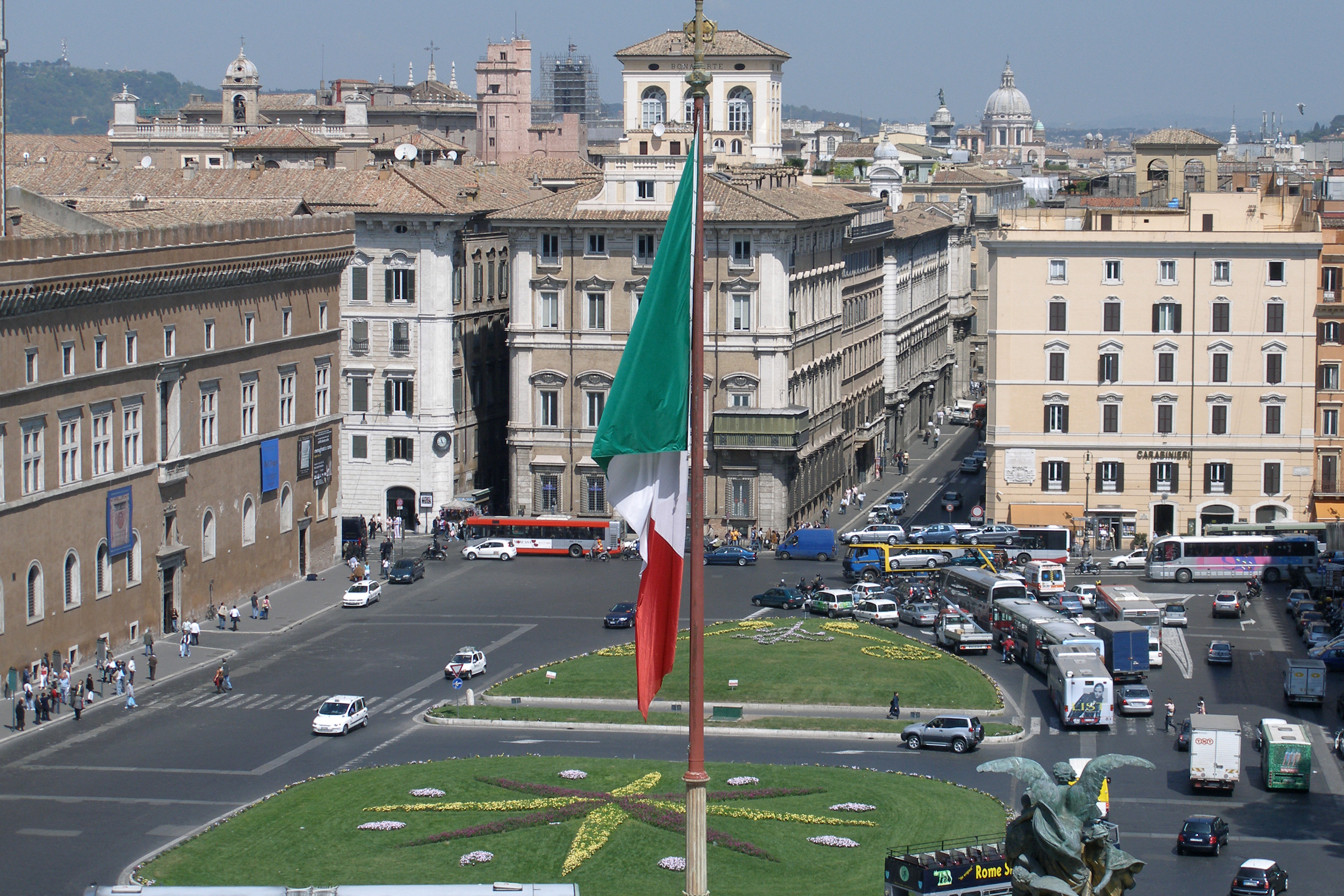
The Eternal City, with its founding tales dating back to 753 BCE, has been a focal point of Western civilization. Rome's historical significance as the heart of the Roman Empire is unparalleled, with ancient ruins like the Colosseum and the Roman Forum still dominating the cityscape.
9. St. Albans, United Kingdom
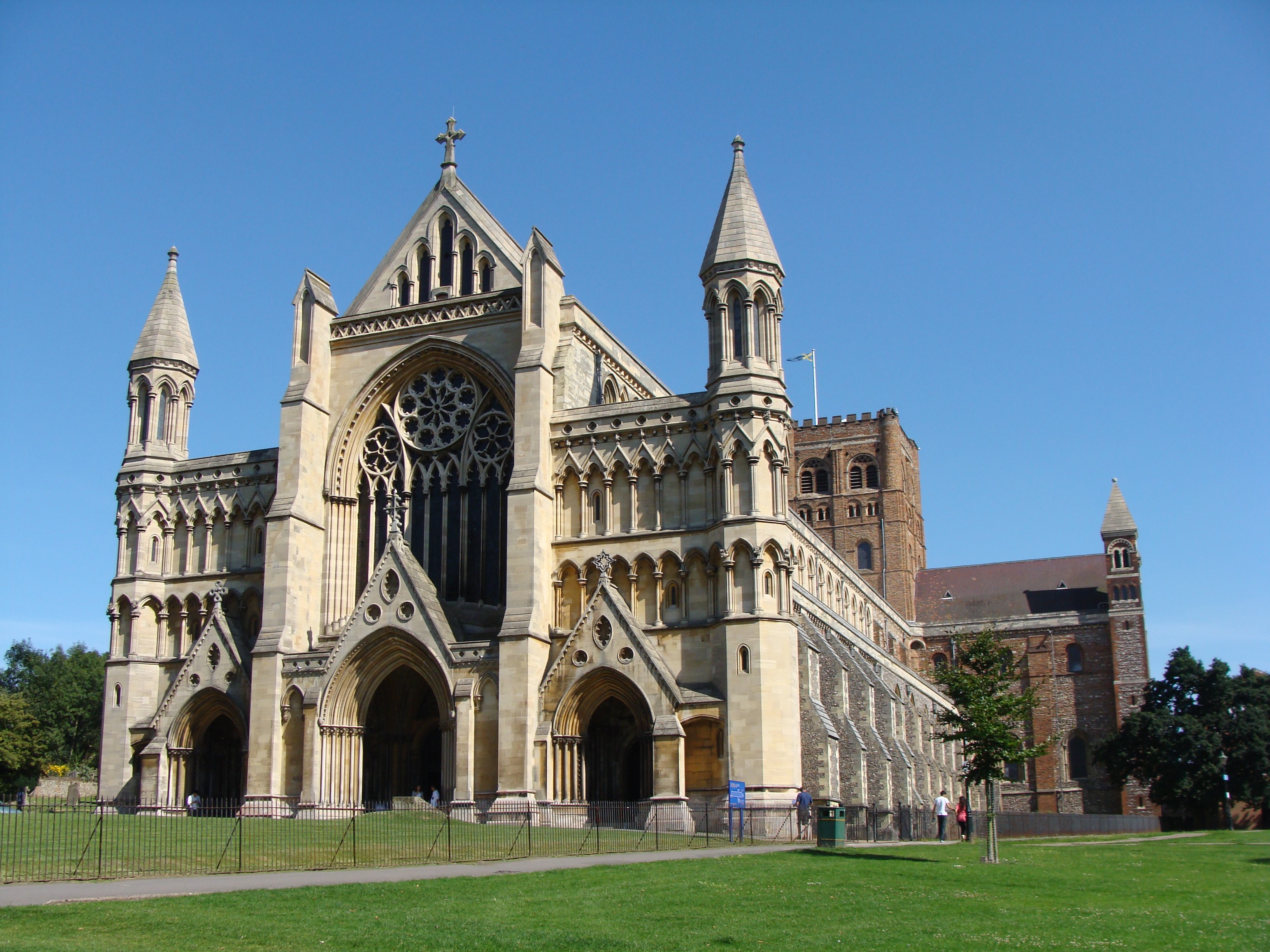
St. Albans stands on the site of the ancient Roman city of Verulamium, established around 50 CE. It is one of the oldest known Roman settlements in Britain. The town's rich history is showcased through its medieval architecture and the centuries-old St. Albans Cathedral.
10. Trier, Germany
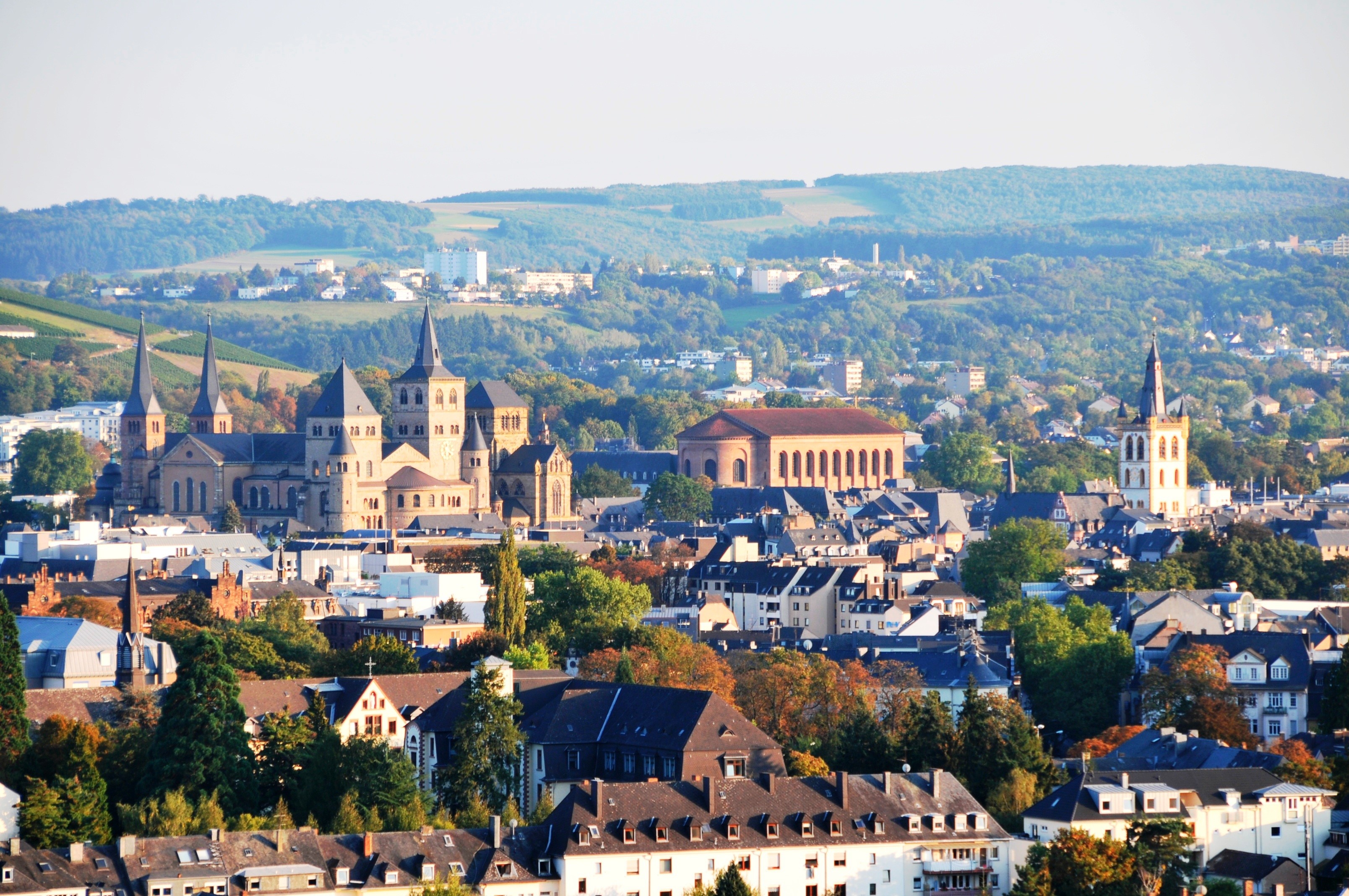
Founded by the Celts in the late 4th century BCE and later conquered by the Romans, Trier is Germany's oldest city. It is home to some of the best-preserved Roman monuments in Europe, including the Trier Imperial Baths and the Porta Nigra gate.
In Conclusion
The towns listed above are just a snapshot of Europe's ancient heritage. Each town is a living history book, offering insights into the continent's complex past and the civilizations that have shaped it. Visiting these towns is not just a journey through narrow streets and ancient ruins; it is a voyage back in time, providing a deeper understanding of the roots of modern European culture and society.
Category: World Facts